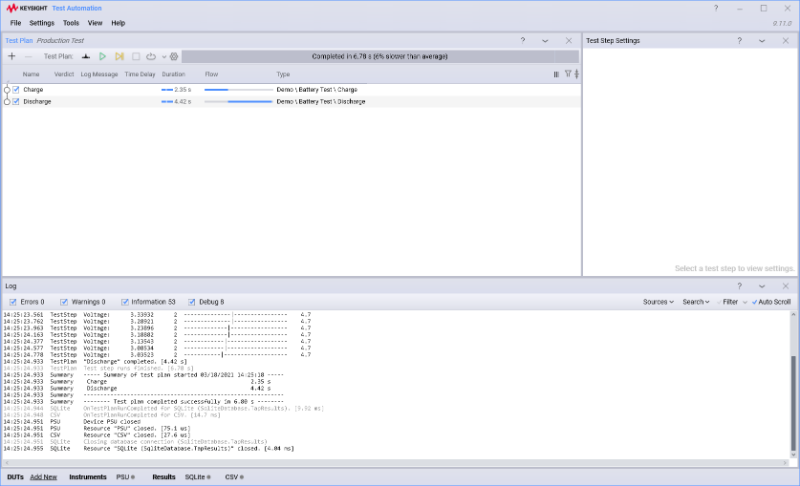
Don’t Let Homegrown Software Hold You Back
Homegrown – a term I love to hear at my local farmer’s market or florist. But when it comes to the software I use in the lab, the term “homegrown” makes me nervous. Don’t get me wrong. I know lots of companies use internally developed software to automate their tests; but time and time again, I see that homegrown tools can actually hurt product development, not help it. If your software can’t keep up with the high demands of today’s products, then your software is holding you back.
How Homegrown Software Slows Product Development
Just about all hardware testing starts out this way – with software developed internally to accomplish a specific task. Initially, it makes sense. You can develop just the right features to meet your specific test requirements. Usually, what happens next is a new task is added, and then another, and then another. Eventually, you have this Frankenstein code that only the original creator(s) can comprehend. So, what happens when this person leaves the company? Or when the standards you’re testing for change? Or when you have so much data that your software just can’t handle the input? Homegrown software can quickly become outdated and difficult to support. Although it might meet today’s requirements, it might not address tomorrow’s needs.
When test requirements change faster than your test software can evolve, this can quickly spiral into long product development delays. An engineer’s focus should be on innovation rather than maintenance. Today’s devices require faster speeds, higher frequencies, and multiple technologies. For example, the high mmWave frequencies and wide bandwidths of 5G signals make measurements for wireless devices much more difficult than in the past. The complexities of today’s devices call for an increased number of tests, the tests themselves are becoming more and more time-consuming, and most of all, everything is becoming more and more automated. Meanwhile, the race to be first to market is on. There really isn’t a second to waste on debugging code.
All these automated tests also generate enormous amounts of data that your team has to sort, validate, and analyze. Making sense of all that data can be a formidable challenge that can eat up a huge amount of development time. Homegrown tools can certainly provide valuable insights, but it’s impractical to expect the developer to make sense of large datasets.
Why a Modern Test Environment is the Better Path
Modern test software environments overcome many homegrown software limitations. Investing in software like PathWave Test Automation is a much more effective way to automate product development. With PathWave Test Automation, you can customize your test plans, connect instruments, sort through your data, and track trends – all within the same tool. The software makes it easy to export and share your data across teams. Because it’s built on OpenTAP®, users are able to reuse existing IP. You don’t have to toss out your existing process, rather you can build on it. This allows you to focus on innovation, but you still have full control of the sequencer engine if needed.
PathWave Test Automation provides powerful, flexible, and extensible test sequence and test plan creation with additional capabilities that optimize your test software development and overall performance. It’s is a modern, Microsoft .NET-based platform that can be employed stand-alone or in combination with higher-level test executive software environments through native C#, Python, or RESTful, APIs. PathWave Test Automation is not just another programming language. It’s a platform upon which you can build rich test solutions, maximizing productivity by using existing software development tools and infrastructure. With PathWave Test Automation, your team has all the tools they need to meet even the most aggressive product release schedules. Watch it in action in this demo.\
